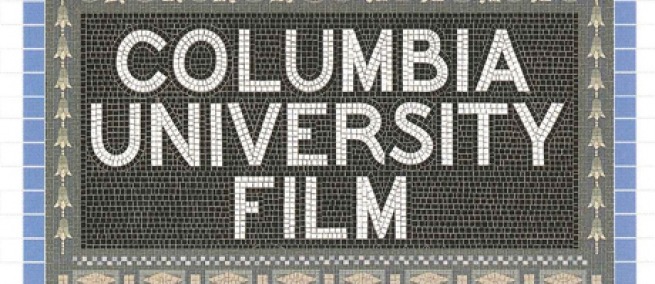
The Columbia University-Sloan Foundation program awards grants to graduate film students whose screenplays integrate science or technology themes or characters. In 2017, four filmmakers–Tim O’Connor, Noelia Rodríguez Deza, Christopher Abeel, and Nick Singer–received a total of $80,000. O’Connor and Deza each received $10,000 for their feature screenplays. Abeel and Singer each received $30,000 in order to write and produce their short films.
Christopher Abeel’s THE KNIGHT IN NEWARK is a short film about a young girl interested in engineering. Abeel received a previous Sloan grant for his feature film script A MOTIVATED MAN about the German chemist Fritz Haber who invented mustard gas, which was used against enemy soldiers during World War I. Abeel plans to shoot THE KNIGHT IN NEWARK in the New York area in the fall of 2017.
BLACKOUT is writer and director Nick Singer’s short film about a scientist working on nuclear fission in an effort to help mitigate environmental toxins. Singer has made four other short films, one of which was selected for the Slamdance Festival. His feature film OTHER MONTHS played at Sundance and at BAMCinemaFest. Singer plans to shoot BLACKOUT in December of 2017 in New York.
UNDER GLASS, written by Noelia Deza, features an embryologist who toys with the idea of testing–on herself–a new technique for artificial insemination. Deza studied film editing, and has also written and directed a number of short films including FORMOL, which played at festivals around the world.
BLUESHIFT, written by Tim O’Connor, is about married astronomers who decide to have an open marriage. O’Connor is currently working on a feature film, THE UNDISCOVERED COUNTRY, which is set to be completed in 2017.
The Sloan Foundation has partnered with Columbia University for almost two decades. Columbia is one of six universities the Sloan Foundation supports to award grants to students tackling science and technology in their work. THE KNIGHT IN NEWARK and BLACKOUT, once completed, will be added to the Science & Film library of Sloan-supported short films and will be in the next edition of the Sloan Science & Film Teacher’s Guide, which makes these films available for classroom use.
Stay tuned to Science & Film for more on these projects as they develop.
FILMMAKERS
PARTNERS
TOPICS